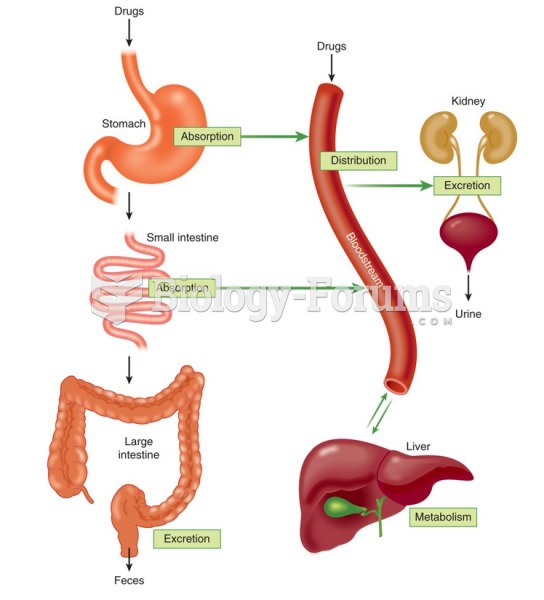Answer to Question 1
Answer: The forced distribution method is similar to grading on a curve. With this method, you place predetermined percentages of ratees into several performance categories. The proportions in each category need not be symmetrical; GE used top 20, middle 70, and bottom 10 for managers. The advantage of the method is that you end up with a predetermined number of people in each group. The disadvantage is that employees' appraisal results depend on your choice of cutoff points.
Answer to Question 2
Answer: A behaviorally anchored rating scale is a rating scale that is anchored with specific behavioral examples of good or poor performance. Because of the anchors, which are based on the dimensions of performance illustrated by critical incidents, a BARS combines the benefits of narratives, critical incident, and quantified scales. There are five steps required for developing a BARS. Each step is explained below.
Step 1: Write critical incidents. In this step, people who know the job are asked to describe specific illustrations of effective and ineffective performance.
Step 2: Develop performance dimensions. The people who know the job are then asked to cluster the incidents into a smaller set of performance dimensions and to define each dimension with a name.
Step 3: Reallocate incidents. Another group of people, who also know the job, should reallocate the original critical incidents. They will receive the cluster definitions and the list of critical incidents. They will then reassign each incident into the cluster they think it fits best. If the assignments made by the first group and second group match well, then that critical incident is retained.
Step 4: Scale the incidents. The second group then rates the behavior described by the incident as to how effectively or ineffectively it represents performance on the dimension.
Step 5: Develop a final instrument. Six or seven of the incidents are the dimension's behavioral anchors.







